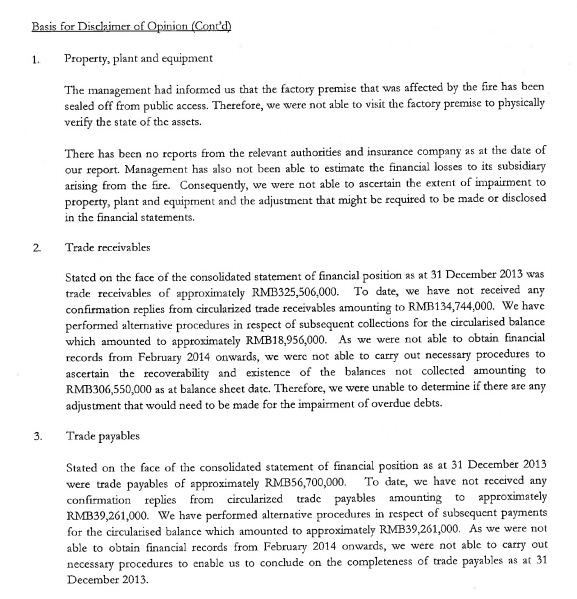For those who have Keuro, be prepared to allow yourself some cash to pick up the rights. Basically it is a 3 for 4 rights at issued price of RM1.08 per share. This basically means that if you have 10,000 units of Keuro, you will be entitled to 7,500 (3/4 x 10,000) of the rights shares. That also means that at RM1.08, the amount of cash needed is 7,500 x RM1.08 = RM8,100. Call your remisier on how to pick up your rights. Also, the rights comes with warrants in which case the exercise price is fixed at RM1.18. Assuming the same rights amount of 7,500 is picked up, the number of warrants that will be provided is 3,750 units.
If you decided not to pick up the rights between 6 August to 12 August 2014, you have the option to sell your Keuro-OR. On those dates, the Keuro-OR will be traded and you will be allowed to buy or sell your rights options.
The Keuro's share will be traded ex-rights from 1 August 2014 onwards. This means its price will be adjusted accordingly based on the last traded price as at 31 July 2014 closing.
For me, I will definitely be picking up the rights and due to this, I have decided to sell some of the DKSH to pick up the shares.
Very recently, the update for Keuro it seems is that it will not be holding Talam Transform's shares and it is disposing part of its almost 30% shareholdings. I have blogged about the need to not hold Talam's shares as it is not the key business for Keuro. It seems that Tan Sri Chan Ah Chye is back into Talam with his son and daughter joining the board of Talam and to which Keuro sold some 230 million shares to the company related to Chan Ah Chye. The price sold is not a good price though i.e. below 10 cents.
While Talam's net book value (revised) is very good, I am not so sure with the old management back at the helm though as it has never been looked positively by property buyers before due to many broken promises in the pasts by the Talam group to its house buyers. In many cases, my mantra is to look upon the management that is supposed to carry the company forward.
IJM it seems is moving away from Talam as well with one of the JV which was planned on a piece of land in Gombak being terminated. However, IJM has gotten what it wanted i.e. the WCE and Rimbayu land.
KUALA LUMPUR: Former Malaysian Airline System (MAS) managing director, Tan Sri Abdul Aziz Abdul Rahman, has suggested that the ailing carrier acquire profit-making AirAsia as a strategy to resolve its financial woes and return to profitability.
"(There is) no need for a merger with AirAsia X. MAS is the one that should buy over AirAsia and make it a subsidiary. MAS as the national carrier should lead, rather than the other way round.
"MAS just needs to be managed properly based on market demand," he said.
Abdul Aziz also suggested that the national carrier, 69% owned by Khazanah Nasional Bhd, be delisted from the stock market.
"As far as the airline is concerned, this is not going to make any difference. Delisting will make the management's job easier, as there is no need to follow procedures as set by the exchange. But those who bought MAS shares at RM3 or RM5 would be unhappy," he said.
The former MD said the acquisition would enable the combined group to focus on the low-cost fare market that comprises 80% of the South-East Asia market, as well as the competitive premium market, which is a far better proposition than competing against each other.
Proposals and suggestions to save MAS have gained greater traction following net losses in the first quarter ended March 31, 2014 which widened to RM443.39mil from RM278.83 million a year ago.
The airline put in place a turnaround plan recently but it has been scuppered by the missing MH370 plane incident in March, and things have worsen with the shooting-down of Flight MH17 in eastern Ukraine last week.
Shares in MAS which have fallen almost 35% on Bursa Malaysia this year, and was last traded Friday at 22 sen. – Bernama
-------------------------------------------------------------------------------------------
Just a recap of these two airlines - one is profitable, the other is very much in trouble now. By the way look at the market capitalisation of both...
 |
| As at 25 Jul 2014 |
 |
| As at 25 Jul 2014 |












